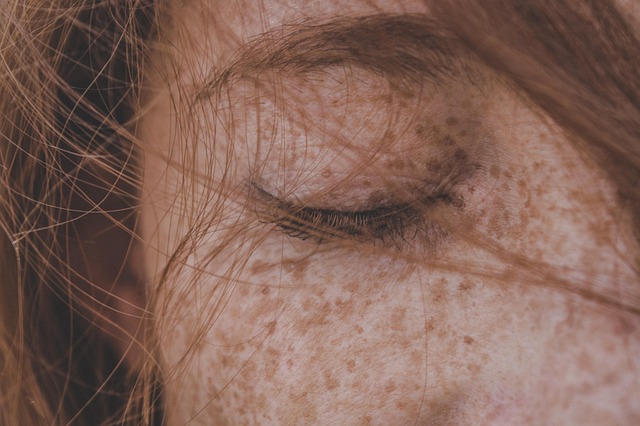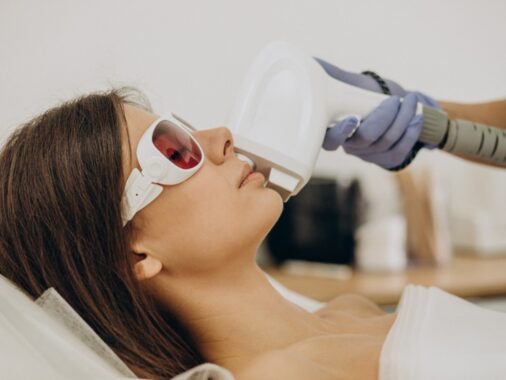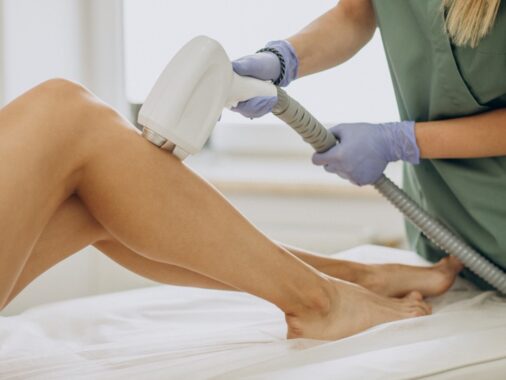Freckles, those charming clusters of small, pigmented spots that dot the skin, have been celebrated in literature and art for centuries. However, for some individuals, freckles can become a source of self-consciousness or an unwelcome blemish on their otherwise flawless complexion. If you’re looking for blemish-free skin, laser treatment for freckles could be the solution you’ve been waiting for. In this post, we’ll look at the process, benefits, and potential adverse effects of freckle laser removal, as well as answer some frequently asked questions to help you make an informed decision.
Understanding Freckles
Before jumping into laser removal, it’s essential to understand what freckles are. Freckles are small, concentrated areas of melanin, the pigment responsible for skin and hair color. They normally appear on the skin as light to dark brown spots and are most commonly found on the face, arms, and shoulders. Freckles are typically caused by sun exposure, with UV rays stimulating melanin formation in specific parts of the skin. While freckles are normally harmless, some people find them aesthetically unappealing and desire to conceal them.
The Laser Freckle Removal Process
Laser freckle removal is a non-invasive cosmetic process that uses particular lasers to target and break down the melanin in freckles. Here’s how the process generally works:
Consultation: The journey begins with a consultation with a qualified dermatologist or laser therapist. During this consultation, you will discuss your goals and expectations, and the professional will assess your skin to determine if you are a suitable candidate for laser freckle removal.
Pre-Treatment Preparation: Before the laser treatment, it’s essential to follow the pre-treatment instructions provided by your dermatologist. These instructions may include avoiding sun exposure, discontinuing the use of certain skincare products, harmful UV rays, and adhering to a specific skincare routine.
The Laser Treatment: During the actual laser treatment, a specialised laser device emits high-intensity light pulses that are absorbed by the melanin in the freckles. This energy fragments the melanin, allowing the body’s natural healing processes to gradually eradicate the freckles over time.
Post-Treatment Care: After the procedure, you may experience some redness, swelling, or mild discomfort and itching, which usually subsides within a few days. It’s crucial to follow your skin expert’s post-treatment care instructions to ensure proper healing and optimal results.
Benefits of Laser Freckle Treatment
Laser freckle removal offers several benefits that make it a prominent choice for those seeking to achieve unblemished skin:
Precision: Laser technology allows for precise targeting of freckles while leaving surrounding skin unaffected. This accuracy reduces the possibility of scarring and ensures a more equal skin tone.
Minimal Downtime: Unlike surgical procedures, laser freckle removal typically involves minimal downtime. You can return to your daily activities shortly after the treatment. The best part of the treatment is it’s painless.
Customisable Treatment: Healthcare providers can adjust the laser settings to tailor the treatment to your specific needs, ensuring the best possible outcome for your skin.
Long-Lasting Results: Laser freckle removal usually produces very effective and long-lasting results, with freckles progressively disappearing and seldom reappearing in the treated areas.
Improved Skin Texture: Along with reducing freckles, Laser treatment can improve skin texture and make fine lines and wrinkles less visible.
Potential Side Effects
While laser freckle removal is generally safe, there are some risks to consider. These adverse effects are often temporary and can include:
Redness: Redness and mild swelling are common immediately after the procedure, but they typically subside within a few days. It’s a common symptom of post-laser treatment so you should not be worried about this. You have to wait for a couple of days if they don’t go away then consult a dermatologist.
Hyperpigmentation: The treated portion of the skin may darken before lightening. So don’t worry about it.
Hypopigmentation: Rarely, there may be a loss of pigmentation in the treated area, resulting in lighter skin.
Scarring: While laser freckle removal is designed to minimise scarring, there is a small risk of scarring, especially if post-treatment care instructions are not followed.
Infection: Although rare, there is a small risk of skin infection, which is why it’s essential to maintain good skin care practices post-treatment.
Frequently Asked Questions:
Is laser freckle removal painful?
Laser freckle removal can be mildly uncomfortable, especially during the time of laser therapy, but most people tolerate the procedure well without having any serious health concerns. Dermatologists or Skin care specialists often use numbing creams or local anesthesia to minimise discomfort during treatment.
How many sessions are required for effective freckle removal?
The number of treatments needed varies by person, depending on the amount and darkness of freckles. Most people see a considerable improvement after one to three sessions, with further sessions required for persistent freckles.
Is there a risk of freckles returning after laser removal?
While laser removal provides long-lasting results, it is possible for new freckles to form with continued sun exposure or if you are not taking care of your skin in a proper way. To maintain results, it’s very important to use sun protection and follow proper skincare practices.
Can laser freckle removal be used on all skin types?
Laser freckle removal is generally safe for all skin types and all age groups of people, but the specific type of laser used may vary based on your skin’s color and your healthcare provider’s expertise. It’s essential to consult with a qualified laser therapy professional for a personalised assessment.
Are there any restrictions or precautions after laser freckle removal?
There are no serious restrictions as such but following the post-treatment care instructions provided by your healthcare provider is essential to ensure proper healing and minimise the risk of complications. Avoiding sun exposure, using moderate skincare products, and keeping the treated area clean are some of the guidelines.






